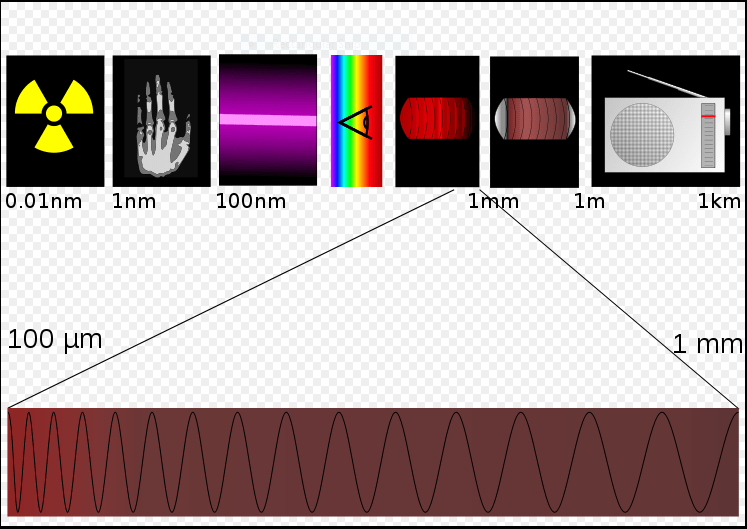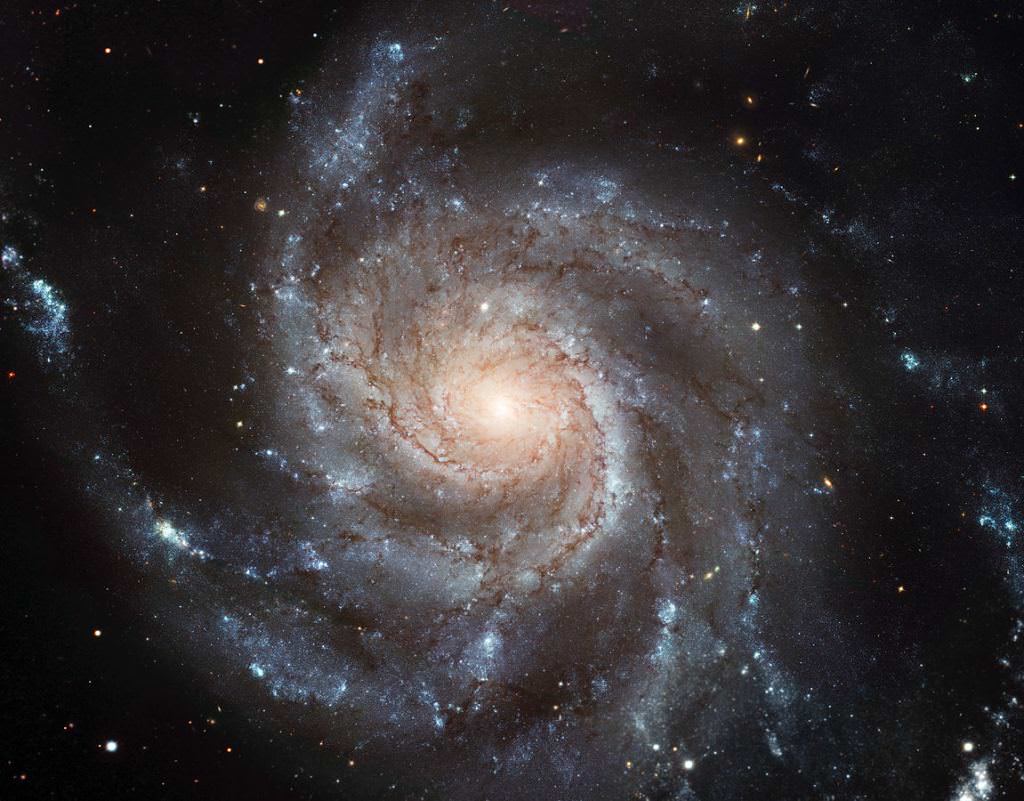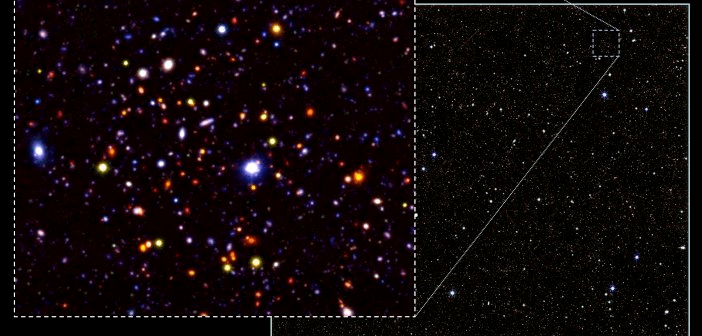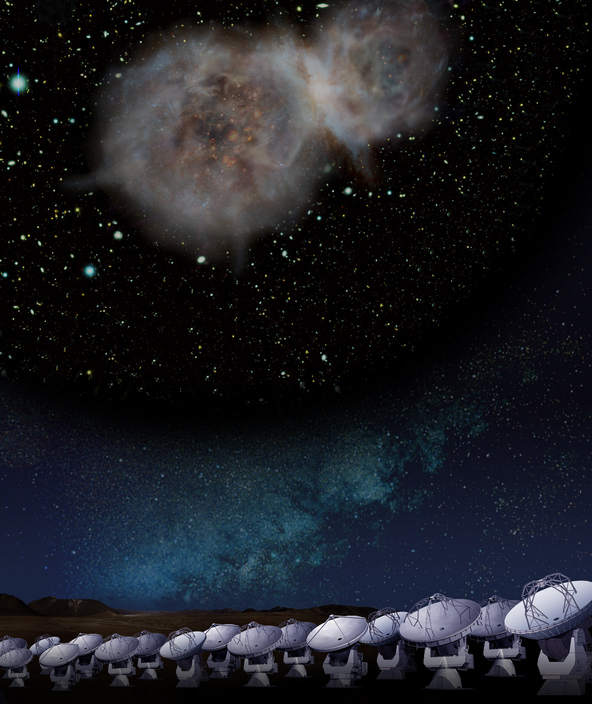In order to make sense of our Universe, astronomers have to work hard, and they have to push observing technology to the limit. Some of that hard work revolves around what are called sub-millimeter galaxies (SMGs.) SMGs are galaxies that can only be observed in the submillimeter range of the electromagnetic spectrum.
The sub-millimeter range is the waveband between the far-infrared and microwave wavebands. (It’s also called Terahertz radiation.) We’ve only had the capability to observe in the sub-millimeter range for a couple decades. We’ve also increased the angular resolution of telescopes, which helps us discern separate objects.

SMGs themselves are dim in other wavelengths, because they’re obscured by dust. The optical light is blocked by the dust, and absorbed and re-emitted in the sub-millimeter range. In the sub-millimeter, SMGs are highly luminous; trillions of times more luminous than the Sun, in fact.
This is because they are extremely active star-forming regions. SMGs are forming stars at a rate hundreds of times greater than the Milky Way. They are also generally older, more distant galaxies, so they’re red-shifted. Studying them helps us understand galaxy and star formation in the early universe.

A new study, led by James Simpson of the University of Edinburgh and Durham University, has examined 52 of these galaxies. In the past, it was difficult to know the exact location of SMGs. In this study, the team relied on the power of the Atacama Large Millimeter/submillimeter array (ALMA) to get a much more precise measurement of their location. These 52 galaxies were first identified by the Submillimeter Common-User Bolometer Array (SCUBA-2) in the UKIDSS Ultra Deep Survey.
There are four major results of the study:
- 48 of the SMGs are non-lensed, meaning that there is no object of sufficient mass between us and them to distort their light. Of these, the team was able to constrain the red-shift (z) for 35 of them to a median range of z-2.65. When it comes to extra-galactic observations like this, the higher the red-shift, the further away the object is. (For comparison, the highest red-shift object we know of is a galaxy called GN-z11, at z=11.1, which corresponds to about 400 million years after the Big Bang.
- Another type of galaxy, the Ultra-Luminous Infrared Galaxy (ULIRG) were thought to be evolved versions of SMGs. But this study showed that SMGs are larger and cooler than ULIRGs, which means that any evolutionary link between the two is unlikely.
- The team calculated estimates of dust mass in these galaxies. Their estimates suggest that effectively all of the optical-to-near-infrared light from co-located stars is obscured by dust. They conclude that a common method in astronomy used to characterize astronomical light sources, called Spectral Energy Distribution (SED), may not be reliable when it comes to SMGs.
- The fourth result is related to the evolution of galaxies. According to their analysis, it seems unlikely that SMGs can evolve into spiral or lenticular galaxies (a lenticular galaxy is midway between a spiral and an elliptical galaxy.) Rather, it appears that SMGs are the progenitors of elliptical galaxies.

This study was a pilot study that the team hopes to extend to many other SMGs in the future.


